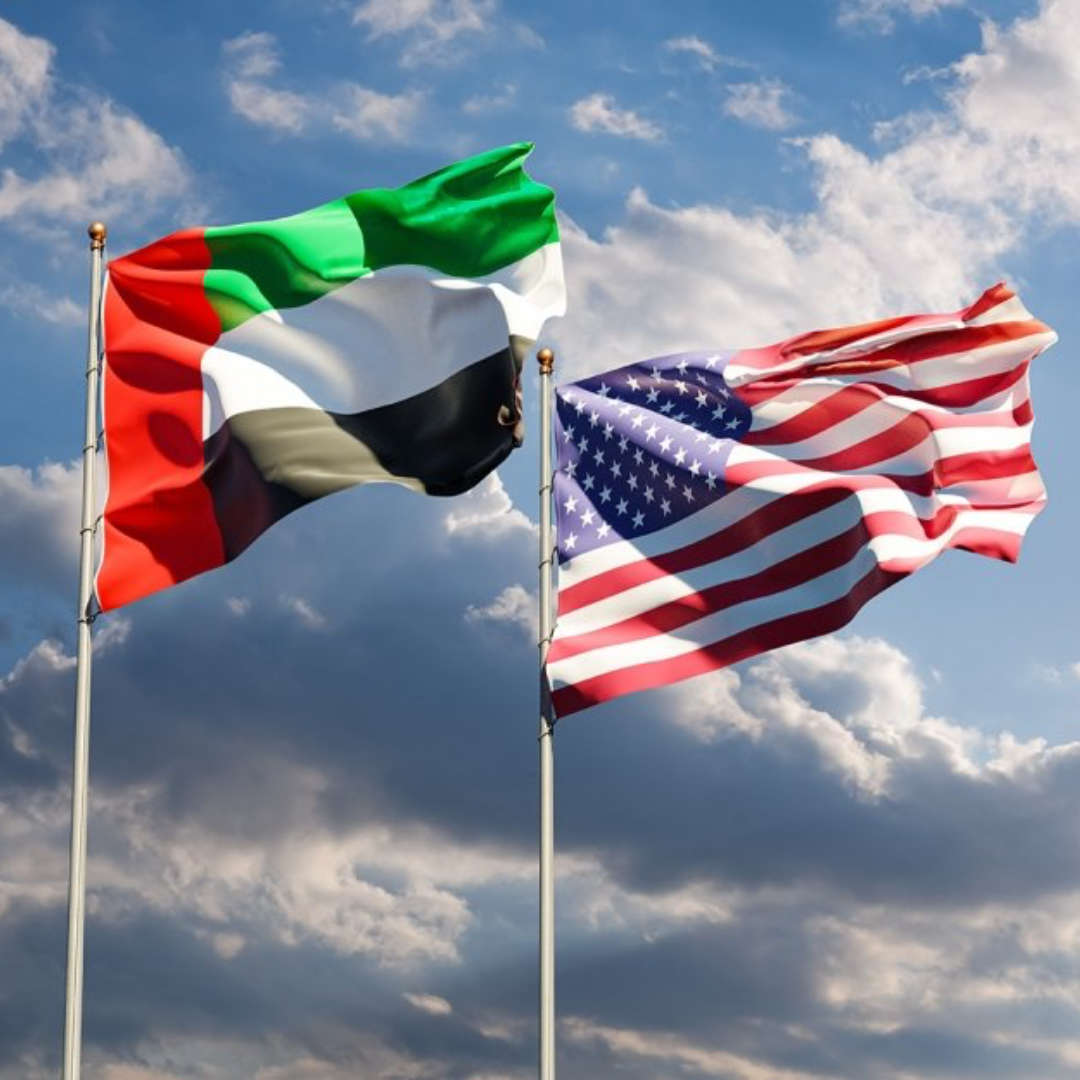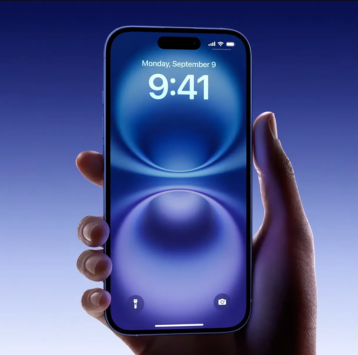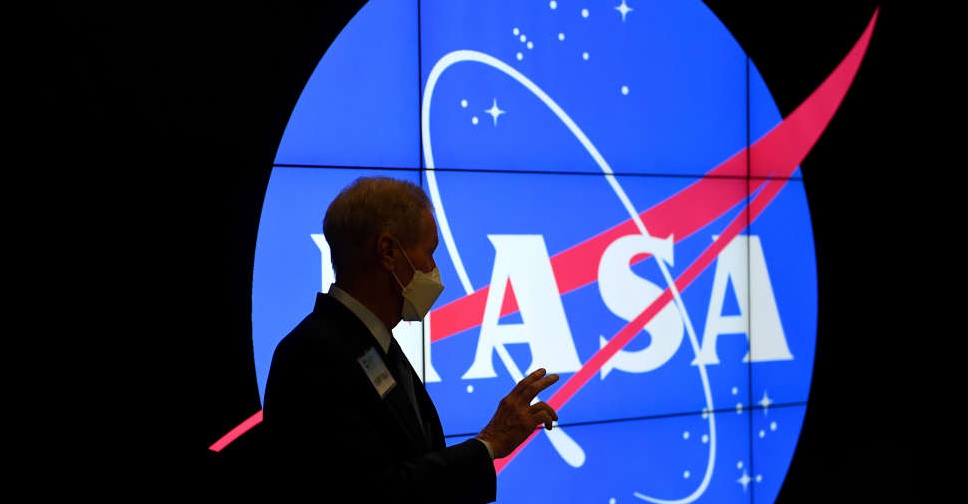
NASA's James Webb Space Telescope, a revolutionary $9 billion (AED 33 billion) instrument able to peer more deeply into the cosmos than ever.
It was launched on Saturday from South America's northeastern coast and opens a highly anticipated new era of astronomical exploration.
The powerful infrared telescope, hailed by NASA as the premiere space-science observatory of the next decade, was packed inside the cargo bay of an Ariane 5 rocket poised for blastoff at 7:30 a.m. EST (4:30 p.m. UAE time) from the European Space Agency's (ESA) launch base in French Guiana.
If all goes according to plan, the 14,000-pound instrument will be released from the French-built rocket after a 26-minute ride into space.
The Webb telescope will then take a month to coast to its destination in solar orbit roughly 1 million miles from Earth - about four times farther away than the moon. And Webb's special orbital path will keep it in constant alignment with Earth as the planet and telescope circle the sun in tandem.
By comparison, Webb's 30-year-old predecessor, the Hubble Space Telescope, orbits Earth itself from 340 miles away, passing in and out of the planet's shadow every 90 minutes.
Named for the man who oversaw NASA through most of its formative decade of the 1960s, Webb is about 100 times more sensitive than Hubble and is expected to profoundly transform scientists' understanding of the universe and our place in it.
Webb mainly will view the cosmos in the infrared spectrum, allowing it to peer through clouds of gas and dust where stars are being born, while Hubble has operated primarily at optical and ultraviolet wavelengths.
COSMOLOGICAL HISTORY LESSON
The new telescope's primary mirror - consisting of 18 hexagonal segments of gold-coated beryllium metal - also has a much bigger light-collecting area, enabling it to observe objects at greater distances, thus farther back into time, than Hubble or any other telescope.
That, astronomers say, will bring into view a glimpse of the cosmos never previously seen - dating to just 100 million years after the Big Bang, the theoretical flashpoint that set in motion the expansion of the observable universe an estimated 13.8 billion years ago.
Hubble's view reached back to roughly 400 million years following the Big Bang, revealing objects that Webb will be able to re-examine with far greater clarity.
Aside from examining the formation of the earliest stars in the universe, astronomers are eager to study supermassive black holes believed to occupy the centres of distant galaxies.
Webb's instruments also make it ideal to search for evidence of potentially life-supporting atmospheres around scores of newly documented exoplanets - celestial bodies orbiting distant stars - and to observe worlds much closer to home, such as Mars and Saturn's icy moon Titan.
The telescope is an international collaboration led by NASA in partnership with the European and Canadian space agencies. Northrop Grumman Corp was the primary contractor. The Arianespace launch vehicle is part of the European contribution.
Webb was developed at a cost of $8.8 billion, with operational expenses projected to bring its total price tag to about $9.66 billion, far higher than planned when NASA was previously aiming for a 2011 launch.
Astronomical operation of the telescope, to be managed from the Space Telescope Science Institute in Baltimore, is expected to begin in the summer of 2022, following about six months of alignment and calibration of Webb's mirrors and instruments.
It is then that NASA expects to release the initial batch of images captured by Webb, though scientists are keeping mum about where precisely they plan to point the telescope first. Webb is designed to last up to 10 years.

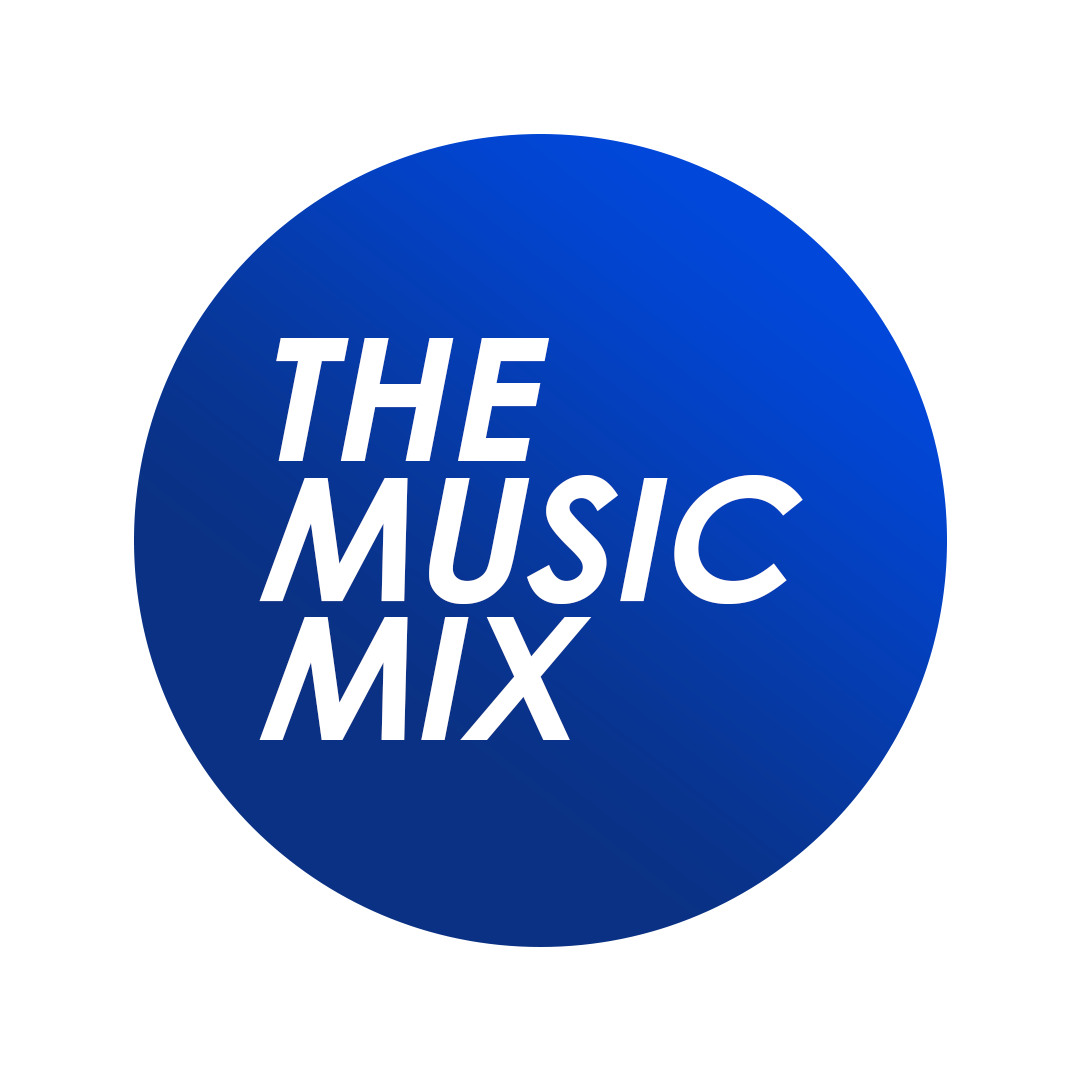


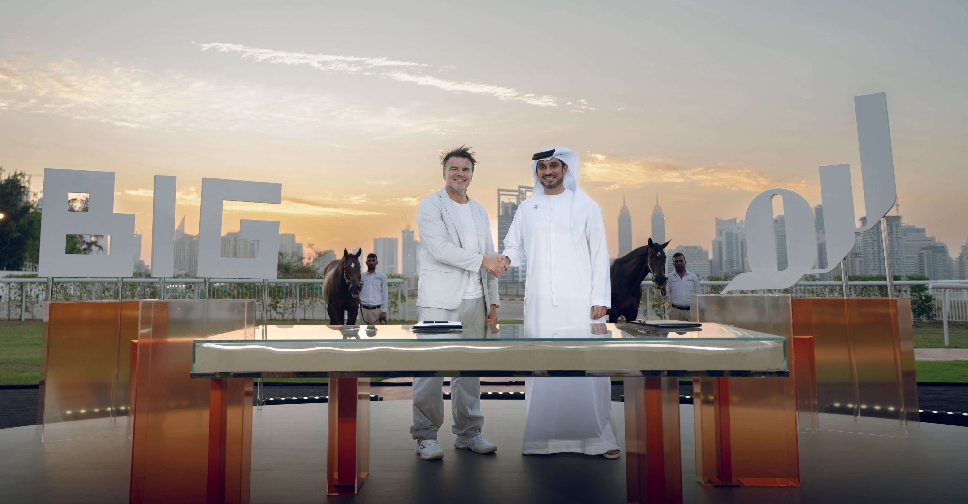 New urban hub to rise around historic Jebel Ali Racecourse
New urban hub to rise around historic Jebel Ali Racecourse
 Emirates marks record annual profits with 22-week staff bonus
Emirates marks record annual profits with 22-week staff bonus
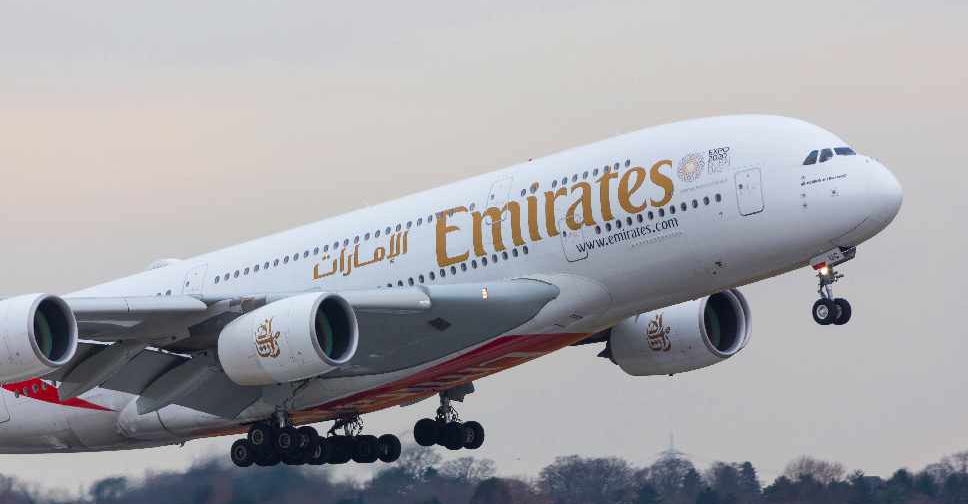 Emirates Group achieves record annual profit of AED 22.7 billion
Emirates Group achieves record annual profit of AED 22.7 billion
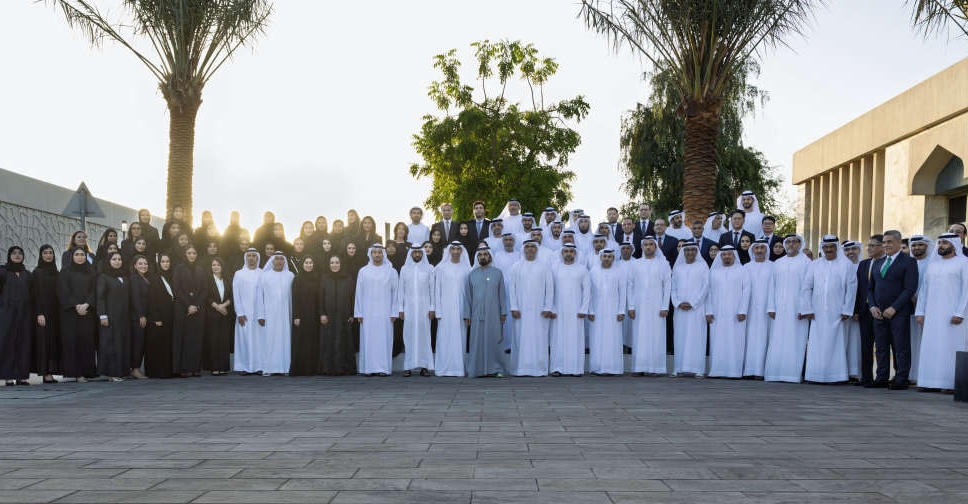 UAE foreign trade hits record of AED 5.23 trillion in 2024
UAE foreign trade hits record of AED 5.23 trillion in 2024
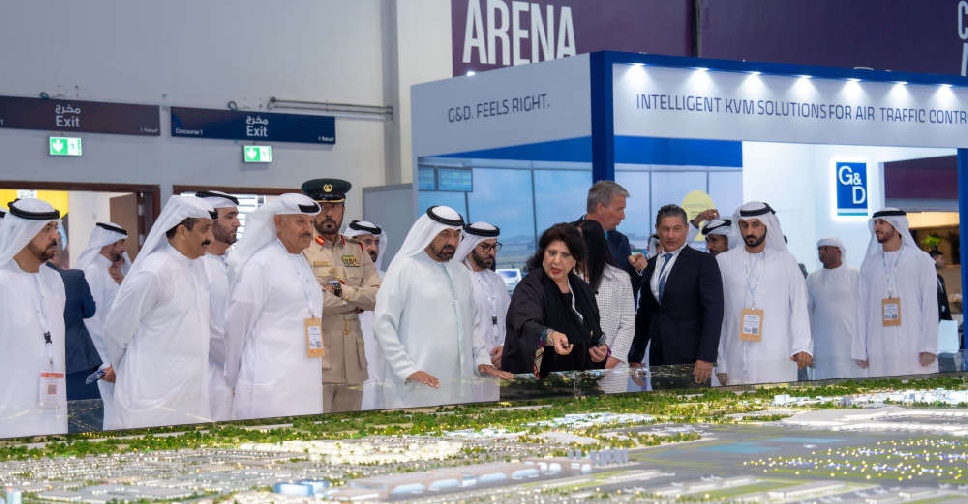 Aviation experts gather in Dubai to shape airports of tomorrow
Aviation experts gather in Dubai to shape airports of tomorrow

